Growing ‘Reine Victoria’ Bourbon Rose
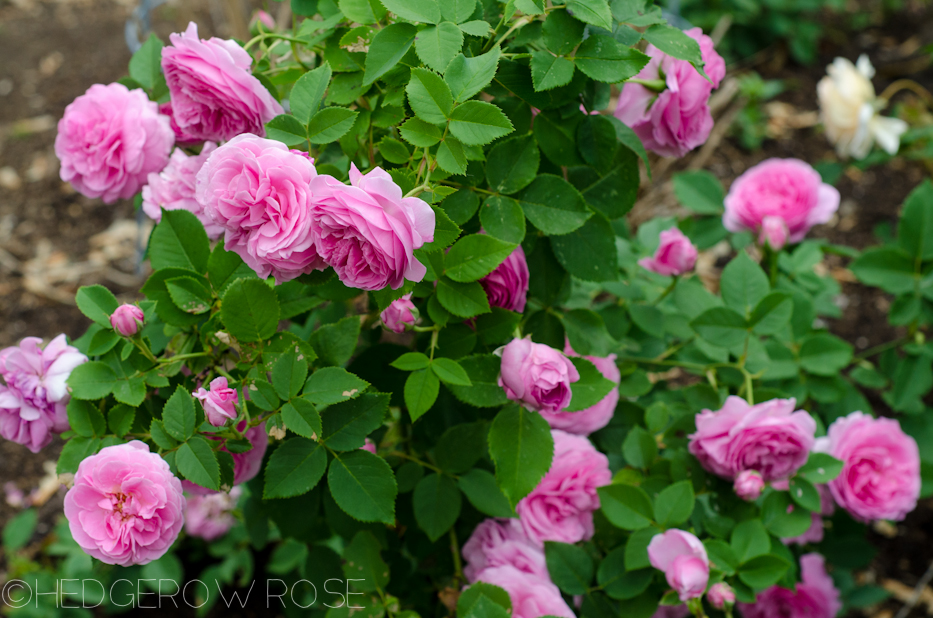 When I conjure up an image of a romantic and beautiful rose, I often think of those in the Bourbon class, just like this one: ‘Reine Victoria’ a Bourbon from France, 1872.
When I conjure up an image of a romantic and beautiful rose, I often think of those in the Bourbon class, just like this one: ‘Reine Victoria’ a Bourbon from France, 1872.
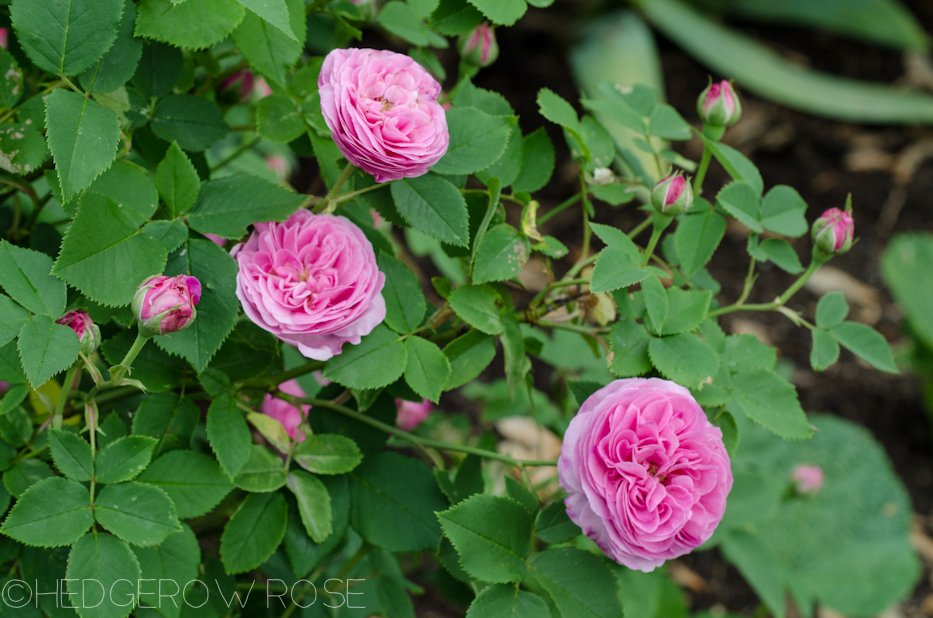
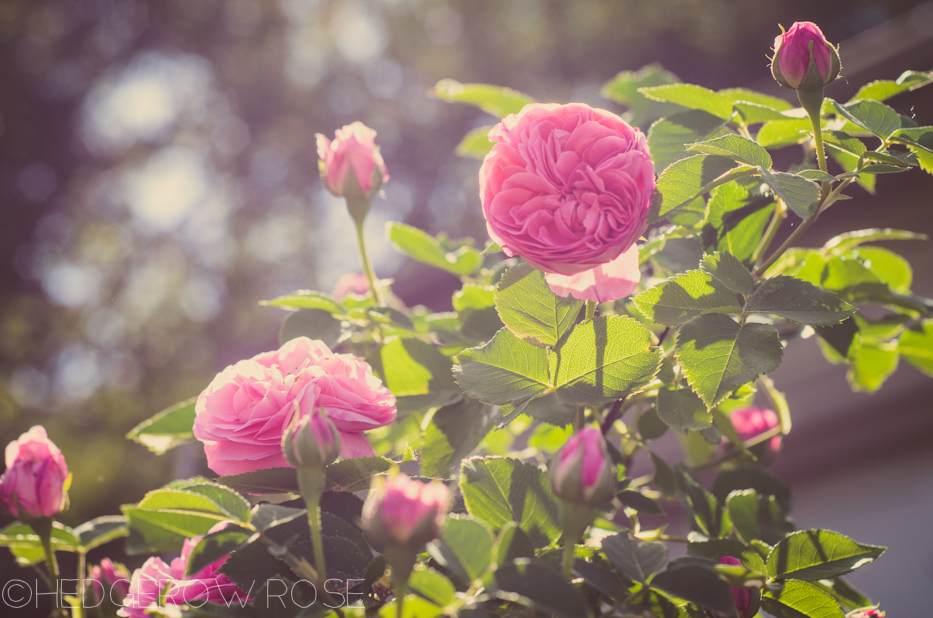 Bred by Joseph Schwartz, ‘Reine Victoria’, named for Queen Victoria of course, also goes by another name: ‘The Shell Rose’. It’s easy to see why with those perfectly pink, cupped, satiny petals. I know someone is going to ask me, “Does it have a fragrance?” Yes, it does! Just as you would suspect a Bourbon rose to have, it has a wonderfully strong old rose scent. (I didn’t find the blooms last long in a vase, though. Best to plant this one near a path or a bench so you can enjoy it in the garden.)
Bred by Joseph Schwartz, ‘Reine Victoria’, named for Queen Victoria of course, also goes by another name: ‘The Shell Rose’. It’s easy to see why with those perfectly pink, cupped, satiny petals. I know someone is going to ask me, “Does it have a fragrance?” Yes, it does! Just as you would suspect a Bourbon rose to have, it has a wonderfully strong old rose scent. (I didn’t find the blooms last long in a vase, though. Best to plant this one near a path or a bench so you can enjoy it in the garden.)
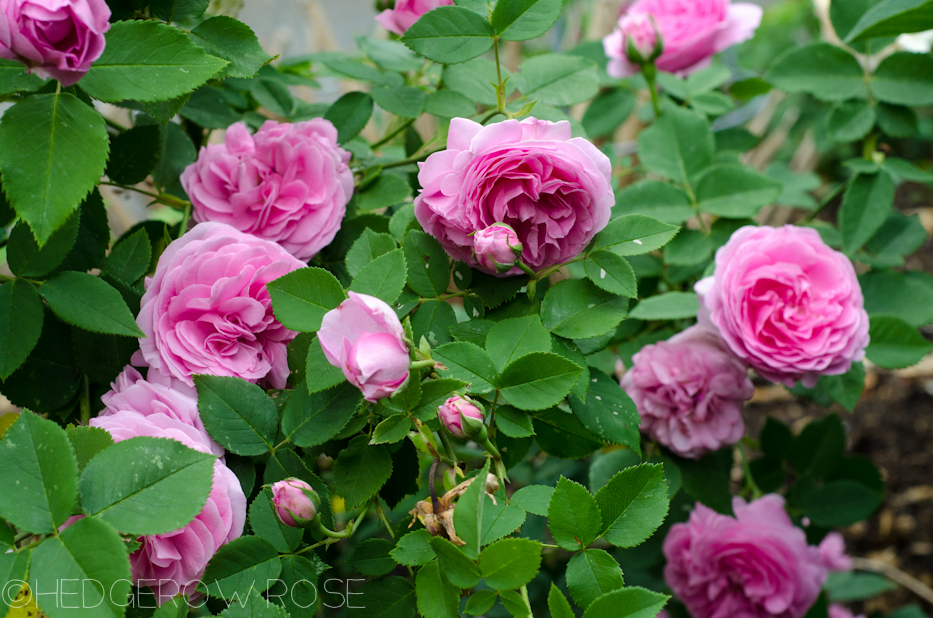
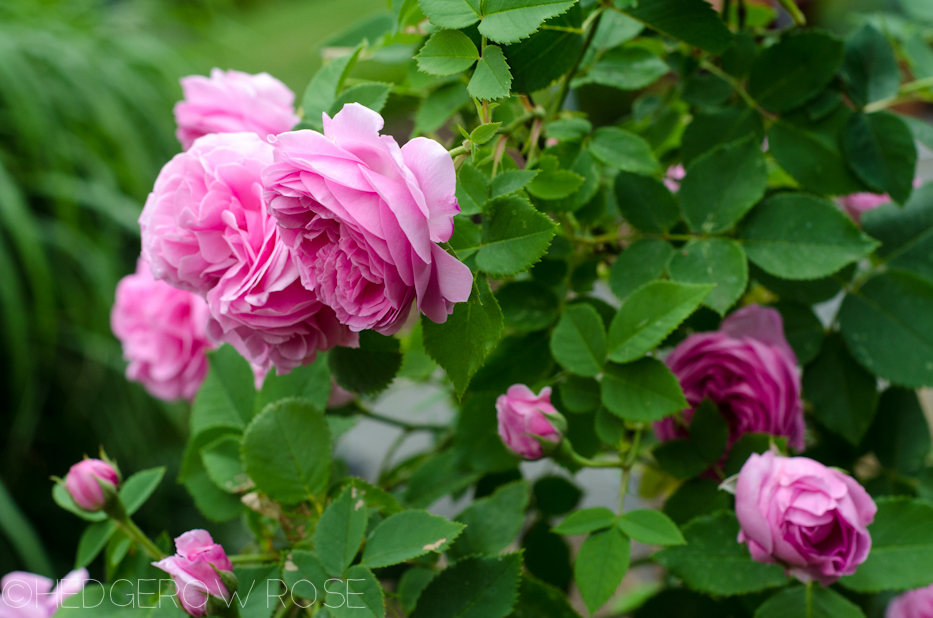 For us, ‘Reine Victoria’ only has one bloom cycle, albeit a heavily flushed and long one. I heard tales of this rose repeating in Autumn, but it does not in our garden. In fact, after this gorgeous period of blooms, the leaves succumb to a heavy case of blackspot (typical for Bourbons, alas), and defoliates completely. Peter Beales once wrote that this rose “requires the best husbandry” and I believe that to be true.
For us, ‘Reine Victoria’ only has one bloom cycle, albeit a heavily flushed and long one. I heard tales of this rose repeating in Autumn, but it does not in our garden. In fact, after this gorgeous period of blooms, the leaves succumb to a heavy case of blackspot (typical for Bourbons, alas), and defoliates completely. Peter Beales once wrote that this rose “requires the best husbandry” and I believe that to be true.
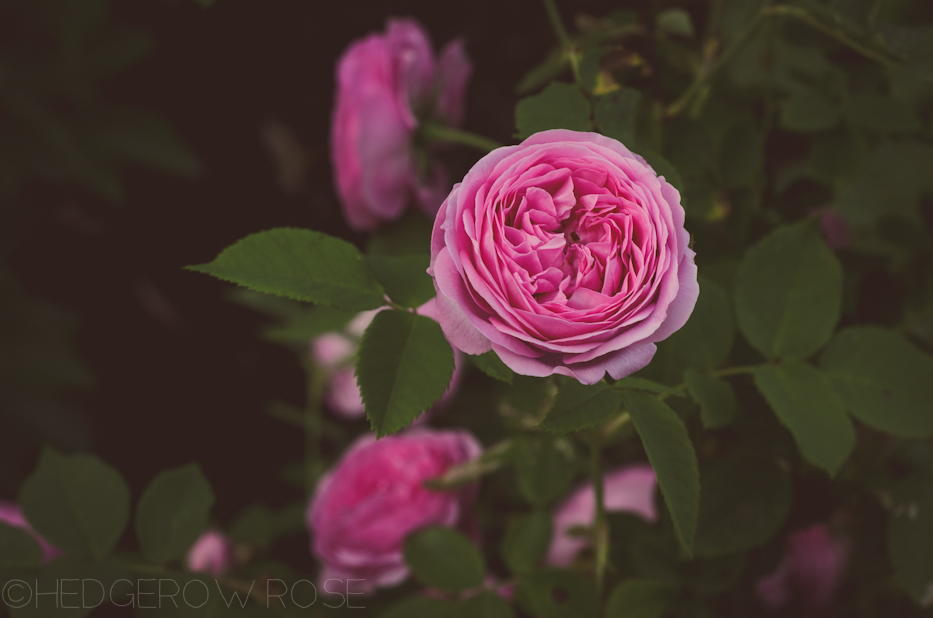
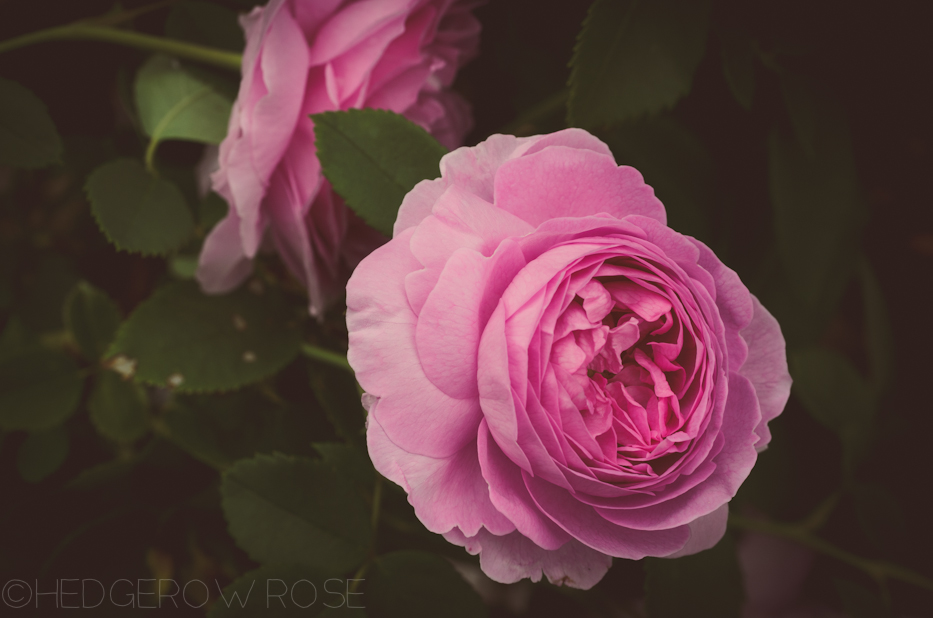 In spite of the problems with disease, I’ve kept ‘Reine Victoria’, just like I have with ‘Mme E. Calvat’, ‘Zéphirine Drouhin’, ‘Comtesse de Rocquigny’ (and soon ‘Louise Odier’) because I think, when in bloom, Bourbons are some of the prettiest roses to be found. In addition, ‘Reine Victoria’ displayed such gorgeous ruddy hips–a welcome sight during the bleakness of last winter.
In spite of the problems with disease, I’ve kept ‘Reine Victoria’, just like I have with ‘Mme E. Calvat’, ‘Zéphirine Drouhin’, ‘Comtesse de Rocquigny’ (and soon ‘Louise Odier’) because I think, when in bloom, Bourbons are some of the prettiest roses to be found. In addition, ‘Reine Victoria’ displayed such gorgeous ruddy hips–a welcome sight during the bleakness of last winter.

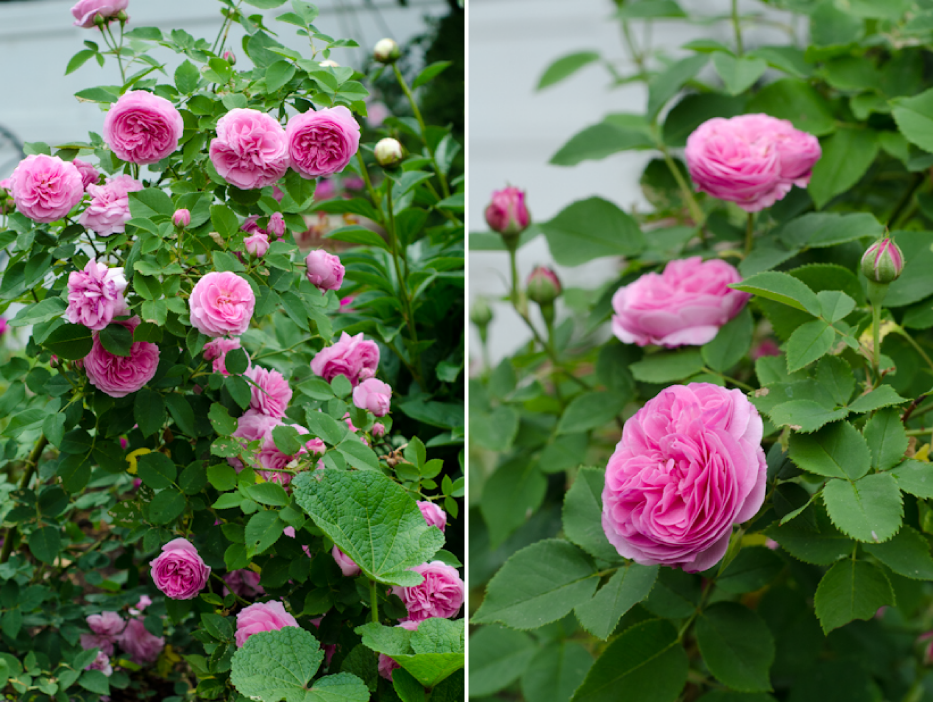 ‘Reine Victoria’ is only hardy to zone 6. We lost most of it over the winter because I simply didn’t expect it to get as cold for as long as it did, but was anyone really expecting that? I think it threw us all for a loop! I am not sure how well she will bloom for us this spring, if at all, due to the extreme amount of dieback but normally, she gets to about 4′-7′ in size. (In fact, I think this rose would be a good one for a large container.) If you plan on adding ‘Reine Victoria’ to your garden, give it lots of air circulation, great soil, yadda yadda (to help with the disease) and protect it if you live in a cold winter climate.
‘Reine Victoria’ is only hardy to zone 6. We lost most of it over the winter because I simply didn’t expect it to get as cold for as long as it did, but was anyone really expecting that? I think it threw us all for a loop! I am not sure how well she will bloom for us this spring, if at all, due to the extreme amount of dieback but normally, she gets to about 4′-7′ in size. (In fact, I think this rose would be a good one for a large container.) If you plan on adding ‘Reine Victoria’ to your garden, give it lots of air circulation, great soil, yadda yadda (to help with the disease) and protect it if you live in a cold winter climate.
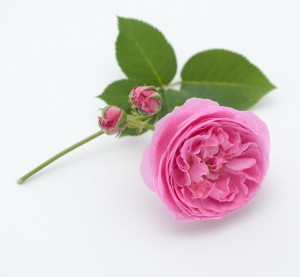 To learn more about ‘Reine Victoria’ click HERE to view the data sheet on HMF.
To learn more about ‘Reine Victoria’ click HERE to view the data sheet on HMF.
Hope you’re having a lovely week!
Next up: a Secret Garden ring….
♡
~Laurie


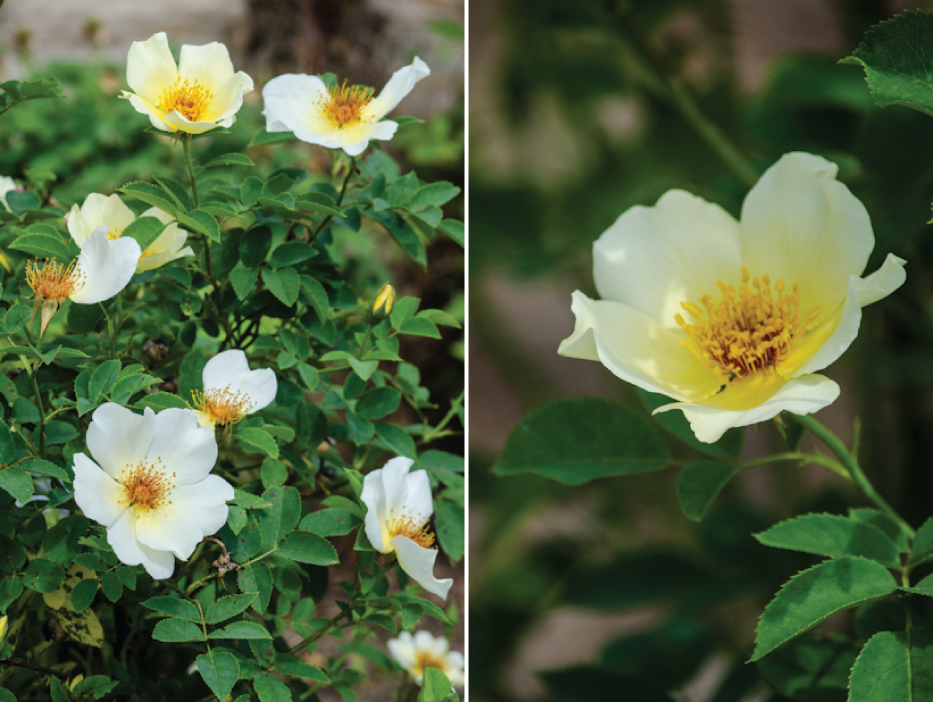

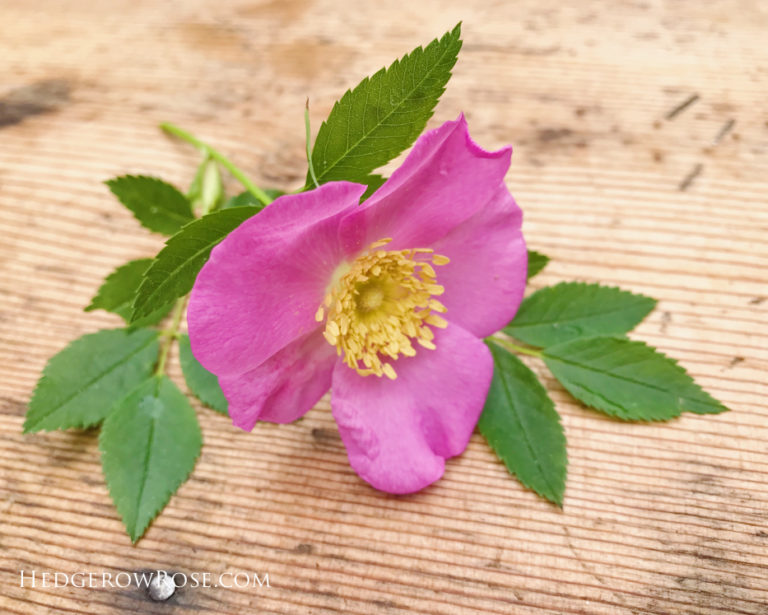
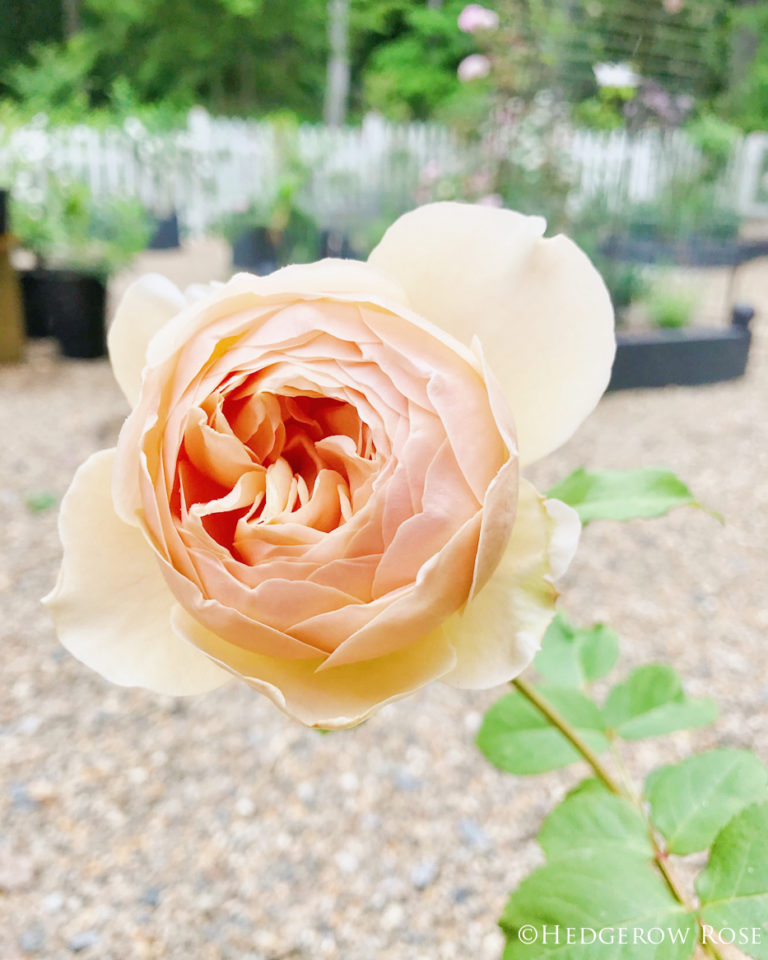
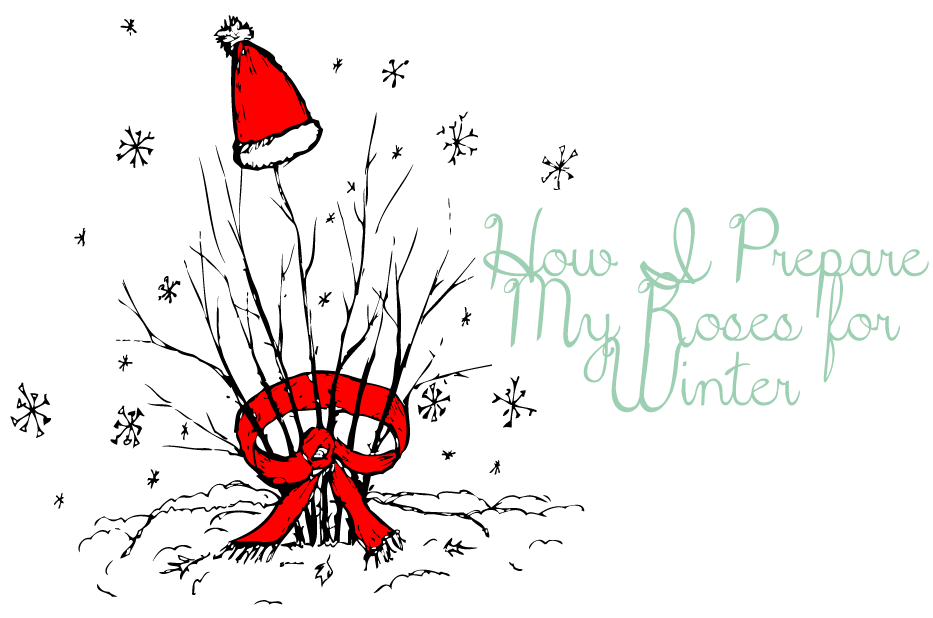
I feel like I turn around for an instant and BAM! there are two or three new posts I haven’t read.
I came to see what you had written on Gertrude Jekyll. At the ‘good’ nursery today I went to inspect their DA selection and the plants were huge! Last year when I bought from there they were miserly. After talking to the manager they told me to return some of the duds ( Abraham Darby and Queen of Sweden). They are going to exchange them for me. I will get another Queen of Sweden and a Gertrude Jekyll instead. Crossing my fingers on that one. Wish me luck, better luck I mean!
Haha, I do tend to post very frequently when I can’t get much gardening done. This darn cold spring! Hopefully it will warm up soon.
This darn cold spring! Hopefully it will warm up soon.
I just love Gertrude Jekyll, but unfortunately she didn’t love me. The scent was pure heaven but goodness, the disease was out of control. I hope you have better luck! Let me know how it works out!
Hi Laurie,
Your photos are so beautiful! I have Louise Odier for the first year in my garden and yes, she is covered in blackspot. I was reading up on google about it and found the idea to sprinkle cornmeal on the ground under the roses as a cure for fungus. Have you heard of or tried this?
Hi Melody! Thank you so much for your visit and kind words. The use of cornmeal as a deterrent to black spot sounds kind of iffy to me. I wonder if the gluten in corn would suppress growth of plants (especially seedlings) in that area? Not to mention so much on the market is from GMO corn. If you try it, though, I’d be curious to hear what kinds of results you have! Personally, I’m going to try a more consistent foliar application of compost tea this summer. Cross fingers…
Personally, I’m going to try a more consistent foliar application of compost tea this summer. Cross fingers… 
PS!
Your question about cornmeal was such a good one…it’s gotten me doing all kinds of reading up. I found this interesting thread about blackspot if you haven’t seen it already.
Thanks again for your visit!
Hi Laurie,
I just ordered this rose for the spring as well. I have been following your blog, and I am a new baby gardener in Western Washington. This works really well for me because I love English cottage gardens and I have a nearly identical climate (though my soil is more acidic). I grow mostly Austin roses, but a handful of others like Julia child, buff beauty and a few older varieties. My garden is only 2 years old and was completely abandoned when we moved here. I have been slowly improving the soil and added to the garden. Many of my roses have been purchased after review on your blog, like pomponella which I purchased last spring as a band from rogue valley and is going wild. Thank you for all your insight!
Hi Katy! Thank you for taking the time to comment about your experiences and I am thrilled that Pomponella is doing well for you. We’ve got pretty acidic (like, somewhere down in the low 5’s) soil here in our new garden in WNC so I feel your pain. Our problem is that it’s also sandy so it’s not even nutritious, to add insult to injury. You are on the right track by slowly improving the soil. It’s so much work (and expense!) in the beginning but it pays off in spades in the end.